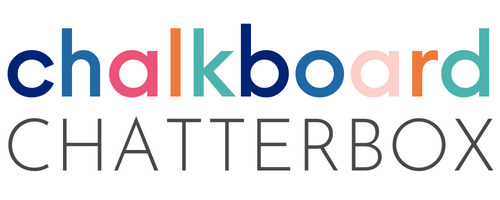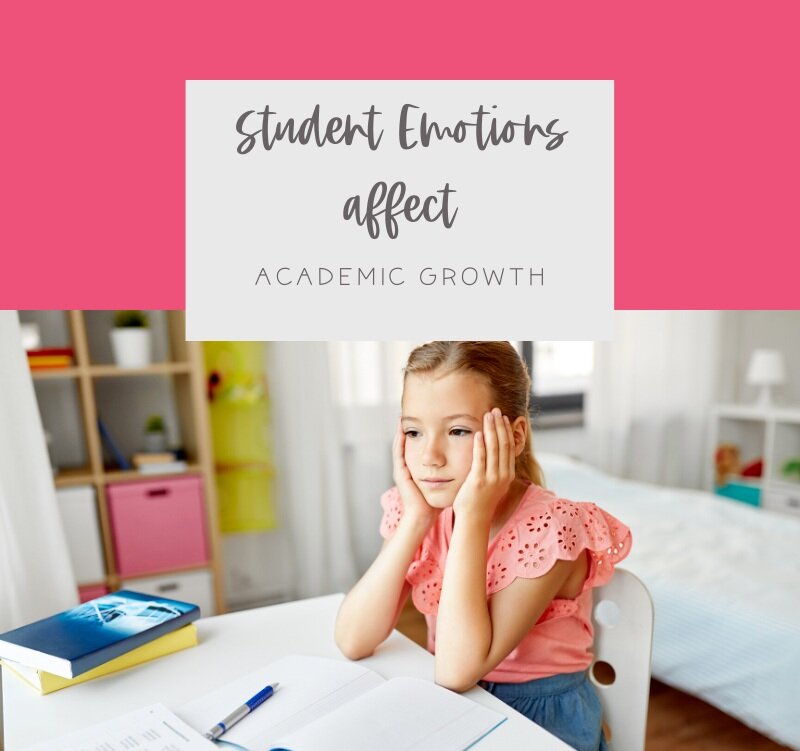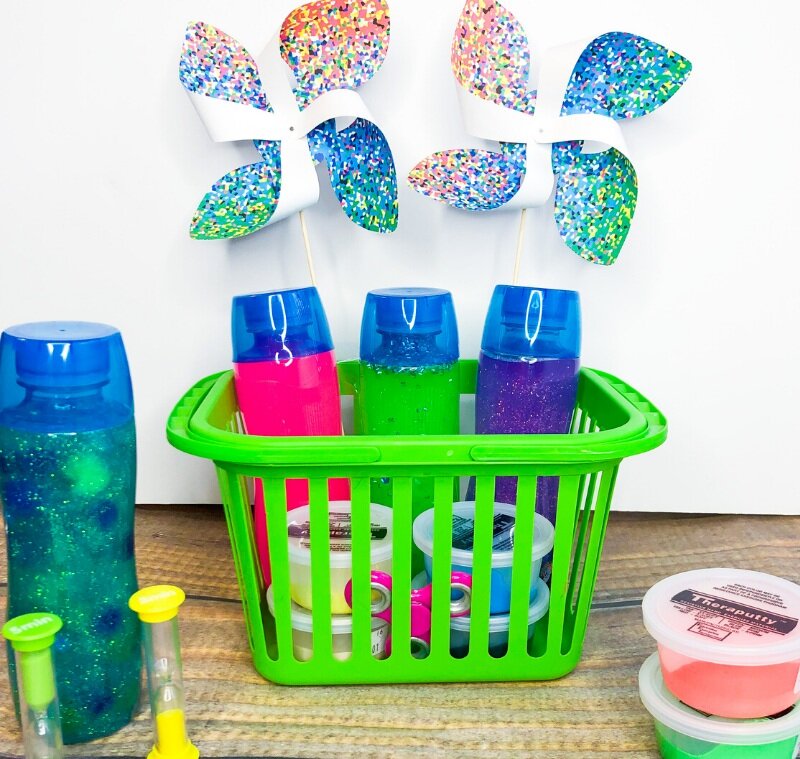4 Tools to Help Students Regulate Their Emotions
Many of our student are entering classrooms with unmanageable stress and anxiety. It is extremely important that students learn appropriate ways to manage their stress. When students are struggling to manage their emotions, we can try using one of the following tools:
use a sand timer.
try Theraputty.
make sensory bottles.
use a pinwheel to practice breathing.
There is a strong correlation between a student’s emotions and academic growth and success.
When students are feeling stressed, there is a disconnect happening in the body.
The body enters what many know as “fight or flight” mode. According to Daniel Golman, the author of Emotional Intelligence, “when cortisol levels are high, people make more errors, are more distracted, and can’t remember well. Irrelevant thoughts intrude, and processing information becomes difficult.”
Teachers not only have the responsibility to teach academic standards, but there is an undeniable need to teach students how to return to a calm state after a stressful situation.
According to The Center on the Developing Child at Harvard University, “when a young child’s stress response systems are activated with an environment of supportive relationships with adults, these physiological effects are buffered and brought down to baseline. The result is the development of healthy response systems.”
How Can We Help Students Develop Healthy Response Systems?
Understand and Acknowledge
Connect with the student to understand how they are feeling.
Students want to feel like their feelings are being acknowledged and accepted.
Let the student offer information about your observations. If the student shares information with you, acknowledge their feelings and let them know that it’s okay to feel that way.
If the student needs help, you can work with them to name the feeling.
Problem Solve
When the student has described how they were feeling, work together to help them process the event that caused them to lose control.
Focus on coming up with solutions and strategies to cope with the situation. Have the student create a plan for moving forward.
One tool that my students love to use to help to calm their emotions is our Calm Down Caddy.
The Calm Down Caddy is a basket of tools readily available for students to access if they are feeling stressed.
We discuss the importance of feeling calm and how stress can affect how well our brains are able to work. We discuss that the tools in the basket can be used to relax and regain focus.
4 Calming Tools for Social-Emotional Learning
Sand Timer
A great tool that students use to calm down is a sand timer. Students can use the timer in two ways.
One way is to help keep track of how long students are spending regulating their emotions. Students can also focus on the sand to ease their thoughts and emotions.
TheraPutty
One of the most popular resources that we have to use in our Calm Down Caddy is TheraPutty.
TheraPutty comes in 6 different resistance levels. That means that each container of TheraPutty has a different level of firmness.
Students can pick and choose which container they need to work with to feel calm again.
Sensory Bottles
Another tool that students can use for releasing strong emotions is a sensory bottle.
Students can shake up the bottle and watch the glitter settle. This is a great way to describe to students how they are feeling.
Shaking up the bottle causes the glitter to move around wildly. That’s often how students are feeling inside.
After some time, the glitter in the bottle calms down, just like a student and their emotions.
Pinwheels
Pinwheels are also great for students. They can practice controlling their breath by breathing in and out.
According to The Psychology Foundation of Canada, “when deep breathing is practiced frequently with students, they learn that it’s a tool they can use anytime, anywhere to quickly change a stress response to a relaxation response.”
Follow Through
Continue working and checking in with the student to monitor progress. Reevaluate how the action plan is helping the student manage their emotions effectively.
Remain consistent with the process. Introduce new tools to your Calm Down Caddy to keep it fresh and engaging.
Start looking around your classroom to see what you can add to your Calm Down Caddy! You are teaching your students important life skills that they will be able to use whether they are inside or outside the classroom.













